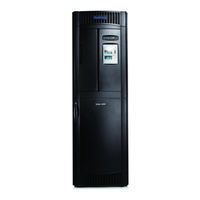User Manuals: Quantum SCi6000 Expansion Module
Manuals and User Guides for Quantum SCi6000 Expansion Module. We have 1 Quantum SCi6000 Expansion Module manual available for free PDF download: User Manual
Advertisement
